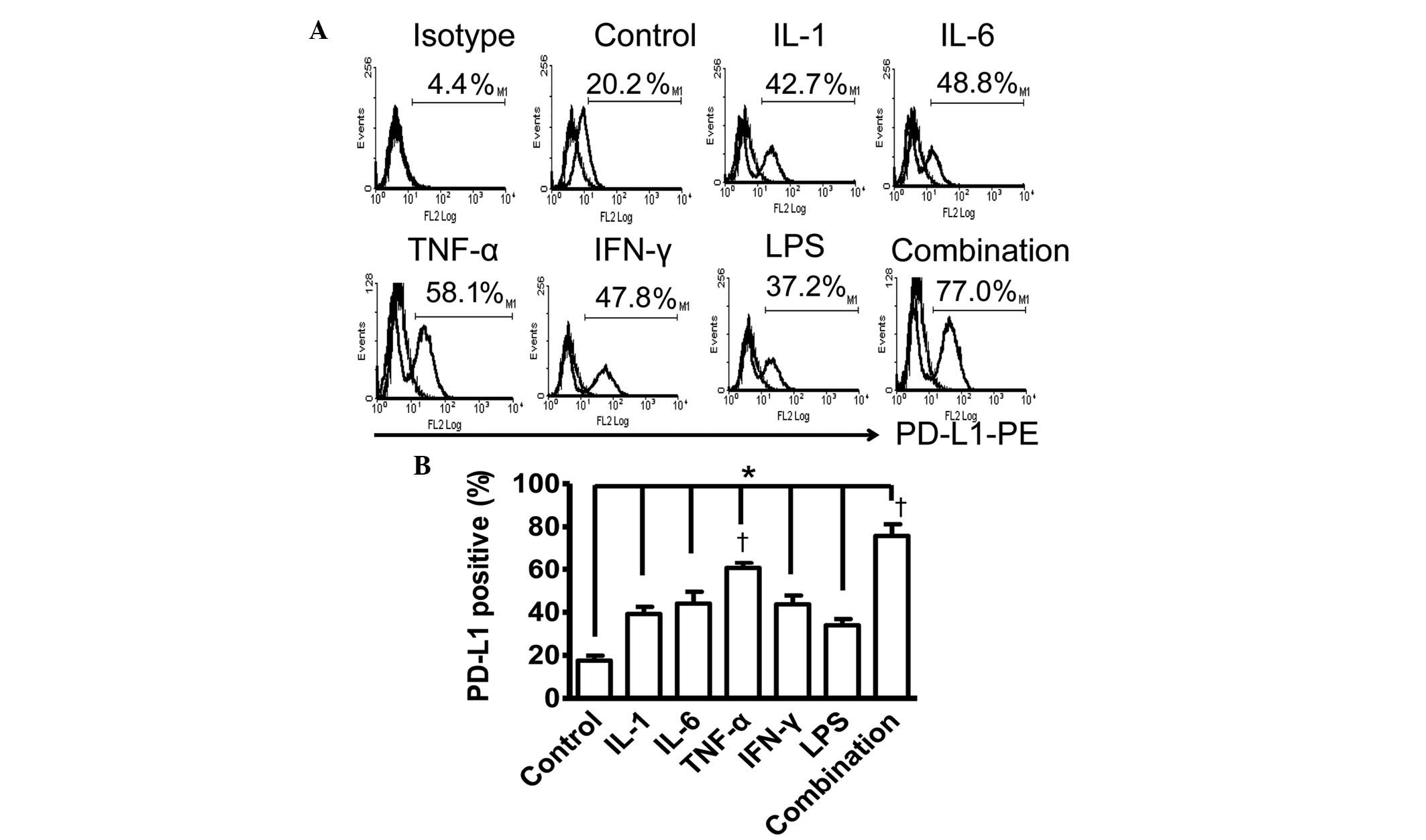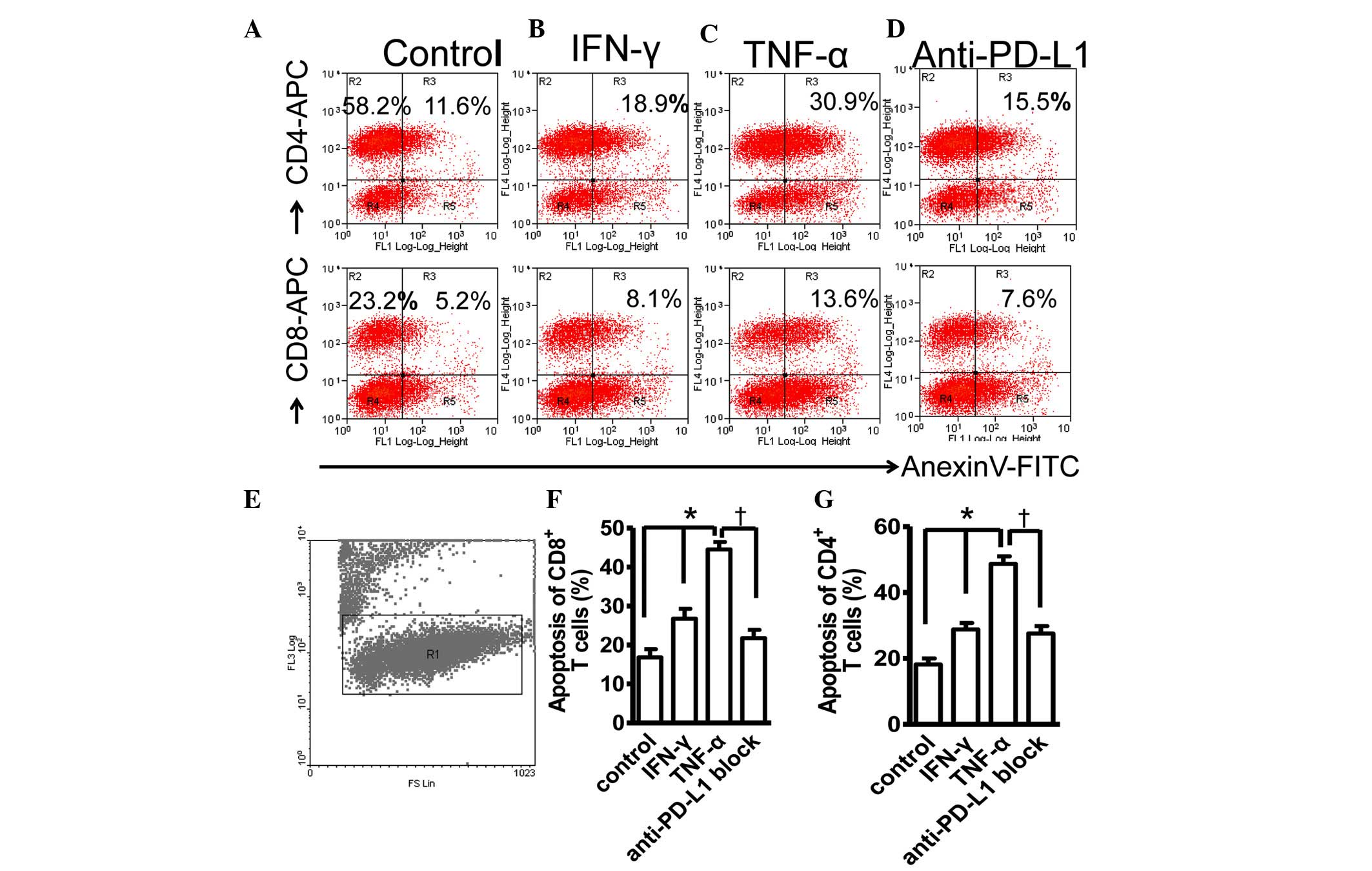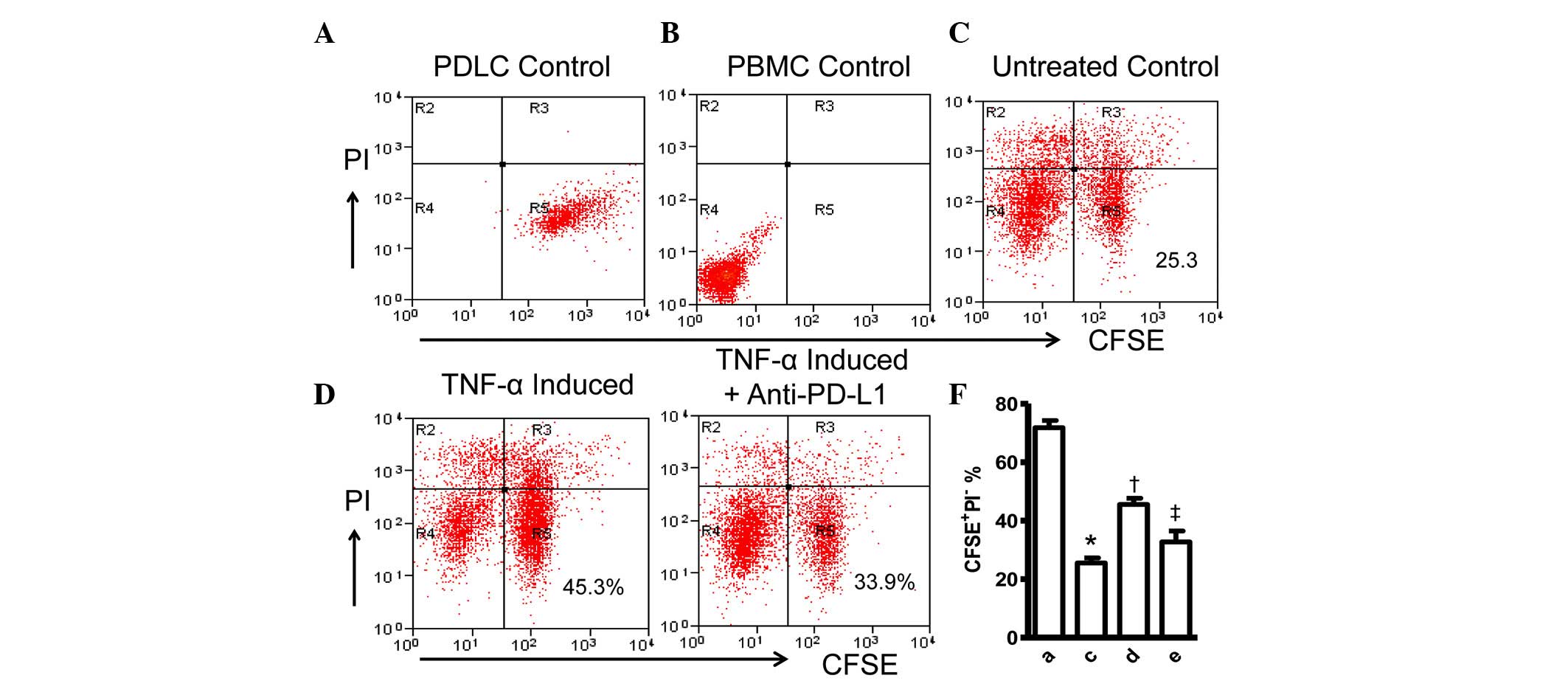|
1
|
Lindhe J, Ranney R, Lamster I, et al:
Consensus report: Chronic periodontitis. Annals of Periodontology.
4:38. 1999. View Article : Google Scholar
|
|
2
|
Eke PI, Dye BA, Wei L, Thornton-Evans GO
and Genco RJ; CDC Periodontal Disease Surveillance workgroup: James
Beck(University of North Carolina, Chapel Hill, USA), Gordon
Douglass (Past President, American Academy of Periodontology), Roy
Page (University of Washin): Prevalence of periodontitis in adults
in the United States: 2009 and 2010. J Dent Res. 91:914–920. 2012.
View Article : Google Scholar : PubMed/NCBI
|
|
3
|
Bascones-Martínez A, Arias-Herrera S,
Criado-Cámara E, Bascones-Ilundáin J and Bascones-Ilundáin C:
Periodontal disease and diabetes. Adv Exp Med Biol. 771:76–87.
2012.
|
|
4
|
Bascones-Martínez A, Muñoz-Corcuera M,
Noronha S, Mota P, Bascones-Ilundain C and Campo-Trapero J: Host
defence mechanisms against bacterial aggression in periodontal
disease: Basic mechanisms. Med Oral Patol Oral Cir Bucal.
14:e680–e685. 2009. View Article : Google Scholar : PubMed/NCBI
|
|
5
|
Genco RJ and Slots J: Host responses in
periodontal diseases. J Dent Res. 63:441–451. 1984. View Article : Google Scholar : PubMed/NCBI
|
|
6
|
de Brito LC, Teles FR, Teles RP, Totola
AH, Vieira LQ and Sobrinho AP: T-lymphocyte and cytokine expression
in human inflammatory periapical lesions. J Endod. 38:481–485.
2012. View Article : Google Scholar : PubMed/NCBI
|
|
7
|
Hitzig C and Ciosi P: Periodontitis and
the immune system. Actual Odontostomatol (Paris). 33:573–579.
1979.In French.
|
|
8
|
Kilian M: Role of the immune system in
chronic periodontitis. Tandlaegebladet. 83:123–127. 1979.In
Swedish. PubMed/NCBI
|
|
9
|
Wang LY, Jin Y and Lin XP: The role of
adaptive immune response in periodontitis. Zhonghua Kou Qiang Yi
Xue Za Zhi. 48:115–118. 2013.In Chinese. PubMed/NCBI
|
|
10
|
Benakanakere M and Kinane DF: Innate
cellular responses to the periodontal biofilm. Front Oral Biol.
15:41–55. 2012. View Article : Google Scholar
|
|
11
|
Dixon DR, Bainbridge BW and Darveau RP:
Modulation of the innate immune response within the periodontium.
Periodontol 2000. 35:53–74. 2004. View Article : Google Scholar : PubMed/NCBI
|
|
12
|
Gemmell E and Seymour GJ: Modulation of
immune responses to periodontal bacteria. Curr Opin Periodontol.
28–38. 1994.PubMed/NCBI
|
|
13
|
El-Awady AR, Messer RL, Gamal AY, Sharawy
MM, Wenger KH and Lapp CA: Periodontal ligament fibroblasts sustain
destructive immune modulators of chronic periodontitis. J
Periodontol. 81:1324–1335. 2010. View Article : Google Scholar : PubMed/NCBI
|
|
14
|
Fukushima H, Kajiya H, Takada K, Okamoto F
and Okabe K: Expression and role of RANKL in periodontal ligament
cells during physiological root-resorption in human deciduous
teeth. Eur J Oral Sci. 111:346–352. 2003. View Article : Google Scholar : PubMed/NCBI
|
|
15
|
Choi S, Cho TJ, Kwon SK, Lee G and Cho J:
Chondrogenesis of periodontal ligament stem cells by transforming
growth factor-β3 and bone morphogenetic protein-6 in a normal
healthy impacted third molar. Int J Oral Sci. 5:7–13. 2013.
View Article : Google Scholar : PubMed/NCBI
|
|
16
|
Fujita T, Shiba H, Sakata M, Uchida Y,
Nakamura S and Kurihara H: SPARC stimulates the synthesis of
OPG/OCIF, MMP-2 and DNA in human periodontal ligament cells. J Oral
Pathol Med. 31:345–352. 2002. View Article : Google Scholar : PubMed/NCBI
|
|
17
|
Freeman GJ, Long AJ, Iwai Y, Borque K,
Chernova T, Nishimura H, Fitz LJ, Malenkovich N, Okazaki T, Byrne
MC, et al: Engagement of the PD-1 immunoinhibitory receptor by a
novel B7 family member leads to negative regulation of lymphocyte
activation. J Exp Med. 192:1027–1034. 2000. View Article : Google Scholar : PubMed/NCBI
|
|
18
|
Dong H and Chen X: Immunoregulatory role
of B7-H1 in chronicity of inflammatory responses. Cell Mol Immunol.
3:179–187. 2006.PubMed/NCBI
|
|
19
|
Groeger S, Domann E, Gonzales JR,
Chakraborty T and Meyle J: B7-H1 and B7-DC receptors of oral
squamous carcinoma cells are upregulated by Porphyromonas
gingivalis. Immunobiology. 216:1302–1310. 2011. View Article : Google Scholar : PubMed/NCBI
|
|
20
|
Zitvogel L and Kroemer G: Targeting
PD-1/PD-L1 interactions for cancer immunotherapy. Oncoimmunology.
1:1223–1225. 2012. View Article : Google Scholar : PubMed/NCBI
|
|
21
|
Chen J, Feng Y, Lu L, Wang H, Dai L, Li Y
and Zhang P: Interferon-γ-induced PD-L1 surface expression on human
oral squamous carcinoma via PKD2 signal pathway. Immunobiology.
217:385–393. 2012. View Article : Google Scholar
|
|
22
|
Francisco LM, Salinas VH, Brown KE,
Vanguri VK, Freeman GJ, Kuchroo VK and Sharpe AH: PD-L1 regulates
the development, maintenance, and function of induced regulatory T
cells. J Exp Med. 206:3015–3029. 2009. View Article : Google Scholar : PubMed/NCBI
|
|
23
|
Lu W, Lu L, Feng Y, Chen J, Li Y, Kong X,
Chen S, Li X, Chen Q and Zhang P: Inflammation promotes oral
squamous carcinoma immune evasion via induced programmed death
ligand-1 surface expression. Oncol Lett. 5:1519–1526.
2013.PubMed/NCBI
|
|
24
|
Konermann A, Beyer M, Deschner J, Allam
JP, Novak N, Winter J, Jepsen S and Jäger A: Human periodontal
ligament cells facilitate leukocyte recruitment and are influenced
in their immunomodulatory function by Th17 cytokine release. Cell
Immunol. 272:137–143. 2012. View Article : Google Scholar
|
|
25
|
Arnold LF and Baram P: In vitro culture of
periodontal ligament cells. J Dent Res. 51:953–959. 1972.
View Article : Google Scholar : PubMed/NCBI
|
|
26
|
Binns RM, Licence ST, Wooding FB and
Duffus WP: Active lymphocyte traffic induced in the periphery by
cytokines and phytohemagglutinin: Three different mechanisms? Eur J
Immunol. 22:2195–2203. 1992. View Article : Google Scholar : PubMed/NCBI
|
|
27
|
Polak D, Wilensky A, Shapira L, Halabi A,
Goldstein D, Weiss EI and Houri-Haddad Y: Mouse model of
experimental periodontitis induced by Porphyromonas
gingivalis/Fusobacterium nucleatum infection: Bone loss and host
response. J Clin Periodontol. 36:406–410. 2009. View Article : Google Scholar : PubMed/NCBI
|
|
28
|
Karlsson L, Bondjers C and Betsholtz C:
Roles for PDGF-A and sonic hedgehog in development of mesenchymal
components of the hair follicle. Development. 126:2611–2621.
1999.PubMed/NCBI
|
|
29
|
Graves DT: The potential role of
chemokines and inflammatory cytokines in periodontal disease
progression. Clin Infect Dis. 28:482–490. 1999. View Article : Google Scholar : PubMed/NCBI
|
|
30
|
Carter L, Fouser LA, Jussif J, Fitz L,
Deng B, Wood CR, Collins M, Honjo T, Freeman GJ and Carreno BM:
PD-1: PD-L inhibitory pathway affects both CD4(+) and CD8(+) T
cells and is overcome by IL-2. Eur J Immunol. 32:634–643. 2002.
View Article : Google Scholar : PubMed/NCBI
|
|
31
|
Kinane DF and Lappin DF: Immune processes
in periodontal disease: A review. Ann Periodontol. 7:62–71. 2002.
View Article : Google Scholar
|
|
32
|
Alexander MB and Damoulis PD: The role of
cytokines in the pathogenesis of periodontal disease. Curr Opin
Periodontol. 39–53. 1994.PubMed/NCBI
|
|
33
|
Birkedal-Hansen H: Role of cytokines and
inflammatory mediators in tissue destruction. J Periodontal Res.
28:500–510. 1993. View Article : Google Scholar : PubMed/NCBI
|
|
34
|
Cochran DL: Inflammation and bone loss in
periodontal disease. J Periodontol. 79(Suppl 8): S1569–S1576. 2008.
View Article : Google Scholar
|
|
35
|
Hashim JR, Ruben MP and Kramer GM:
Cellular and immune mechanisms in juvenile periodontitis. J West
Soc Periodontol Periodontal Abstr. 27:40–47. 1979.PubMed/NCBI
|
|
36
|
Teng YT, Nguyen H, Gao X, Kong YY,
Gorczynski RM, Singh B, Ellen RP and Penninger JM: Functional human
T-cell immunity and osteoprotegerin ligand control alveolar bone
destruction in periodontal infection. J Clin Invest. 106:R59–R67.
2000. View Article : Google Scholar : PubMed/NCBI
|
|
37
|
Subudhi SK, Zhou P, Yerian LM, Chin RK, Lo
JC, Anders RA, Sun Y, Chen L, Wang Y, Alegre ML and Fu YX: Local
expression of B7-H1 promotes organ-specific autoimmunity and
transplant rejection. J Clin Invest. 113:694–700. 2004. View Article : Google Scholar : PubMed/NCBI
|
|
38
|
Blank C, Kuball J, Voelkl S, Wiendl H,
Becker B, Walter B, Majdic O, Gajewski TF, Theobald M, Andreesen R
and Mackensen A: Blockade of PD-L1 (B7-H1) augments human
tumor-specific T cell responses in vitro. Int J Cancer.
119:317–327. 2006. View Article : Google Scholar : PubMed/NCBI
|
|
39
|
Liapatas S, Nakou M and Rontogianni D:
Inflammatory infiltrate of chronic periradicular lesions: An
immunohistochemical study. Int Endod J. 36:464–471. 2003.
View Article : Google Scholar : PubMed/NCBI
|
|
40
|
Scandiuzzi L, Ghosh K, Hofmeyer KA, Abadi
YM, Lázár-Molnár E, Lin EY, Liu Q, Jeon H, Almo SC, Chen L, et al:
Tissue-expressed B7-H1 critically controls intestinal inflammation.
Cell Rep. 6:625–632. 2014. View Article : Google Scholar : PubMed/NCBI
|














